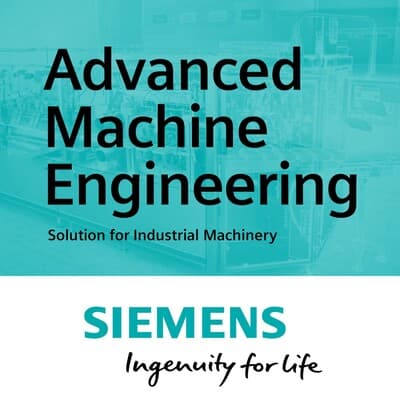Technology
Industry is changing at a rapid pace, and it’s no exaggeration to refer to the changes we’re experiencing as the “Fourth Industrial Revolution”. For organizations that want to survive in this new, future-driven economy, innovation and adaptation of the traditional business model are requirements. This means learning how to connect machines to collect and structure data, learning how to use data effectively, and finding ways to offer IoT services that bring value and higher margins of profitability to customers. As companies continue to find new ways to structure their next-generation business models, smart machines and hyperautomation are helping to pave the way.In the first episode of the series, Jörg Ludwig welcomes two guests from Siemens Bad Neustadt, an electric motor factory in Bad Neustadt an der Saale, Germany. Heiko Dickas is the team leader of the digitalization team, and Sebastian Oeder is the head of the production unit main motors. We’ll also hear from Portfolio Development Manager, Colm Gavin, and Head of PreSales and Solution Design, Matthias Lutz.In today’s episode, we’ll talk about how companies can leverage digitalization in order to overcome potential manufacturing disruptions. We’ll also run through some of the greatest challenges that the manufacturing industry faces in normal times, forces that cause them to escalate, and how businesses can come back stronger after disruptions. Some Questions Asked:What have been the biggest challenges on this journey? (2:35)Can these challenges be generalized to industrial machinery? (5:12)How are industrial IoT customers shaping the industry? (7:46)Has there been a significant implementation of these new industrial IoT business models in recent years? (9:20)What is hyperautomation? (11:27)What You Will Learn:Why permission to fail helps us learn (4:04)What customers are saying about IoT (8:21)An OEM customer use case (9:56)What a smart factory does differently (12:09)How hyperautomation spurred growth (16:18)Connect with Heiko Dickas:LinkedInConnect with Sebastian Oeder:LinkedInConnect with Colm Gavin:LinkedInConnect with Matthias Lutz:LinkedInConnect with Jörg Ludwig:LinkedIn See acast.com/privacy for privacy and opt-out information.

